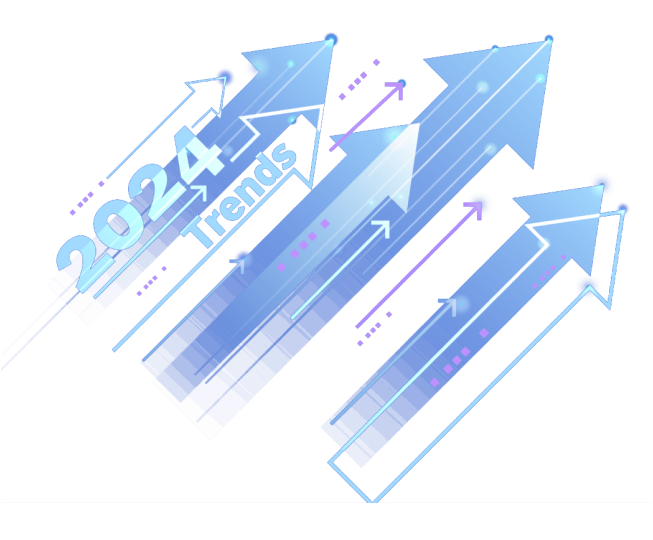September 12, 2024
As we progress through 2024, several key themes are emerging that are set to shape the health club industry. Membership volumes have returned to pre-COVID levels, with Gen Z and Millennials at the forefront of this resurgence. Their strong commitment to health and wellness is driving growth, even amidst economic uncertainties. Interestingly, while younger demographics show a high affinity for health clubs, older demographics, despite having lower affinities, possess the highest wealth, presenting a balanced opportunity for the industry.
Stabilizing Membership Demand: A Predictable Future
One notable trend is that membership demand has stabilized. The post-COVID surge in new membership units (NMUs) has leveled off, allowing health clubs to rely on pre-COVID seasonality to predict trends for the remainder of the year. This stability, combined with the growth in total membership count in 2023, has led to a year-over-year increase in workouts, indicating sustained member engagement.
Positive Attitudes and the Importance of Community
A positive attitude towards health clubs prevails, with many consumers viewing gym visits as an essential part of their fitness routine. This sentiment is especially strong among Gen Z and Millennials, with 56% considering it a high priority. Building a sense of community and inclusivity will be crucial for health clubs to stand out in this competitive market.
Spending Trends: Millennials and Gen Z Lead the Way
Millennials and Gen Z are also leading in spending across all wellness sectors, including fitness. They are particularly interested in in-person fitness classes and personal training, areas where they expect to increase their expenditure.
Challenges Ahead: Inflation and Pricing Pressures
However, the industry is not without its challenges. Inflation, wage pressures, and the loss of dues from “inactive” members are affecting pricing and yield. For example, Planet Fitness had to pause and revert a pricing test earlier this year due to these pressures. Additionally, higher upfront costs and longer commitment periods are impacting new membership volumes.
By understanding these trends, health clubs can better navigate the evolving landscape, offering targeted solutions that meet the demands and preferences of their diverse member base. This balanced approach can ensure sustained growth and member satisfaction in 2024 and beyond.
